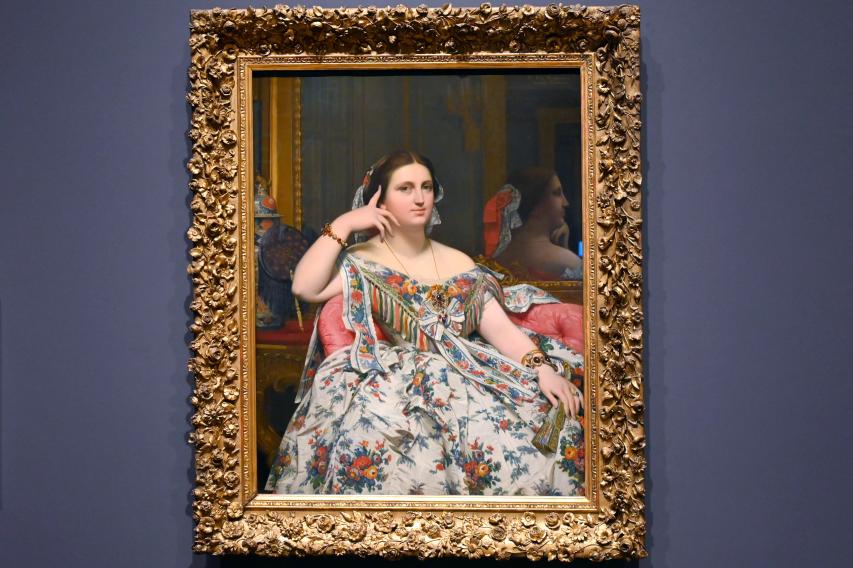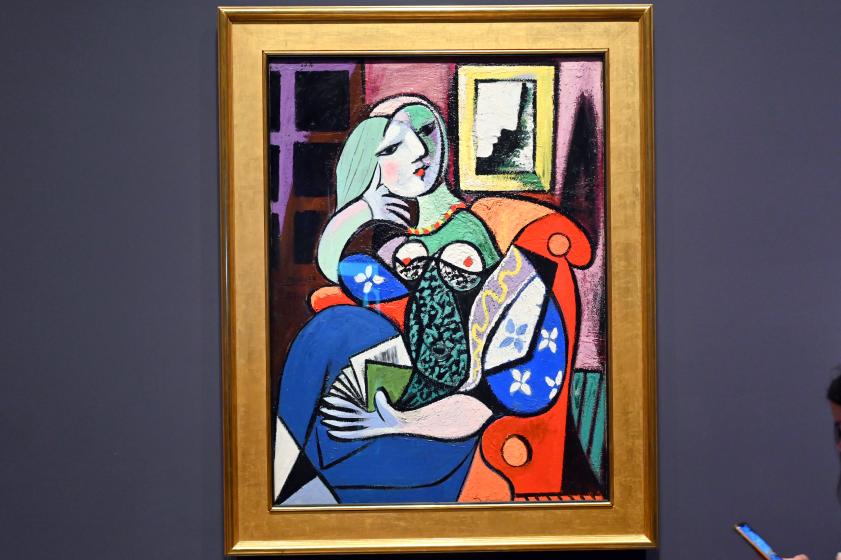Position London, National Gallery
Bedeutende Künstler in London, National Gallery, Saal 46 (1856–1932)
Künstler in London, National Gallery, Saal 46
Jean-Auguste-Dominique Ingres
1780 Montauban - 1867 Paris
Pablo Picasso
1881 Málaga - 1973 Mougins
Expressionismus (Frankreich), Expressionismus (Spanien), Expressionismus (Paris), Expressionismus (Madrid), Expressionismus (Barcelona), Kubismus (Frankreich), Kubismus (Spanien), Kubismus (Paris), Kubismus (Madrid), Kubismus (Barcelona), Surrealismus (Frankreich), Surrealismus (Spanien), Surrealismus (Paris), Surrealismus (Madrid), Surrealismus (Barcelona), Post-Impressionismus (Frankreich), Post-Impressionismus (Spanien), Post-Impressionismus (Paris), Post-Impressionismus (Madrid), Post-Impressionismus (Barcelona)
London, National Gallery, Saal 46 (Inventar-Nr. NG4821)
1856
London, National Gallery, Saal 46





